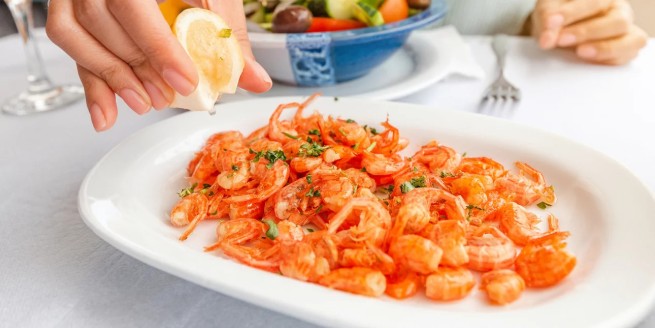The survey of consumers about the purchases they intend to make during Lent was conducted by the Retail Research Institute as part of its trend survey.
The survey was conducted from 2 to 8 March 2024 with the participation of 800 consumers from all over Greece.
The majority of respondents (47%) say they fast during Holy Week (this percentage may be higher if we also include the 22% who say they fast only sometimes). According to the study, this the percentage has decreased compared to previous years. In 2018, in a corresponding IELKA survey, 69% of the population stated that always fast during Holy Week, and 20% – sometimes. In total, 12% say they fast during Lent, and overall during all fasts during the year only 12% of respondents claim to fast.
The IELKA study estimates that 3% of retail food sales, i.e. approximately 550 million euros, are related to dietary trends and consumption habits during the fasting period. 55% believe that fasting (unloading the body) is very beneficial for health.
At the same time, in the context of the study, it was recorded a range of topics related to consumer habits and health/wellbeing issues, as well as nutrition during fasting periods.
Specifically, 33% say that “they enjoy fasting.” 55% believe fasting is healthy, although 18% believe it promotes weight gain and 14% believe it promotes weight loss. 34% of the population believe that their dieting during this particular fasting period is more expensive (they spend more money than usual). 27% have difficulty finding food, 14% find it difficult to eat extra food, and 22% feel stressed about eating properly. 20% are switching to plant-based meal replacements, 14% are choosing “ready-made solutions” (prepared foods) and canned goods, and finally 7% are increasing the number of food delivery orders.
When it comes specifically to foods that consumers are accustomed to (during fasting), the greatest difficulty seems to arise with butter (76%), dairy products (62%) and sweets (52%). On the contrary, with fish and meat starvation they face fewer difficulties – 34% and 45%, respectively, and only 10% and 16%, respectively. report great difficulties.
Products with the highest frequency of consumption during fasting – These are fruits and vegetables, salads, consumed almost daily, followed by nuts, pasta and butter (about twice a week).
As for the assessment of specific points of sale, supermarkets showed the best results (in terms of variety of products for fasting) – 75% and saving money – 58%. They are followed by public markets with 15% and bakeries with 29%.
In terms of the point of sale that consumers most “identify with their diet” during Lent, the supermarket is chosen by 62% of the population, the convenience store by 15% and the bakery by 7%. Visiting a supermarket is considered the fastest and easiest way to buy goods, as stated by 76% of the population, followed by a street market with 15%.







More Stories
Why cats don't go to your hands and don't like to be petted
When does old age begin? The answer to this question changes with age.
Association of Professional Nutritionists to be created in Greece